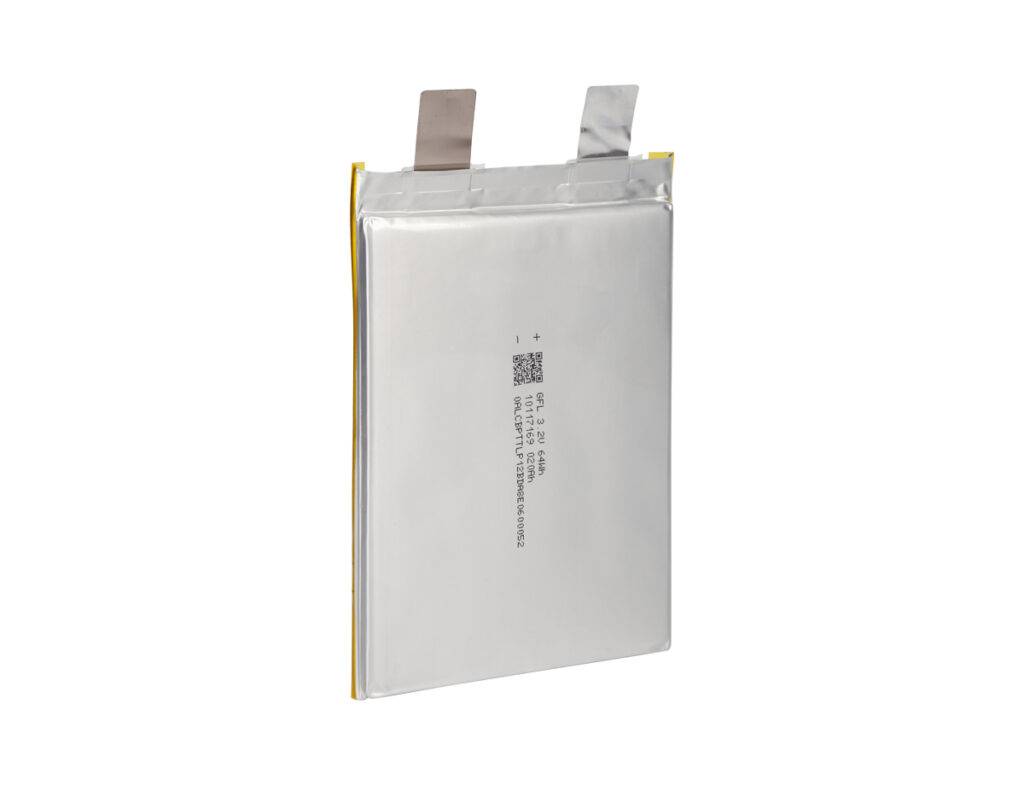Most brand-new automotive batteries, which should last three years on average, will be able to tell the good from the poor during a cold spell. The conventional lead acid battery, which comprises lead plates in electrolyte liquid, generates a charge at the battery terminals by an electrochemical process. The internal cell corrosion and this chemical process are accelerated by heat, which reduces battery life.

#post_seo_title
Since capacity cannot be rebuilt after it has been damaged by heat, batteries that often achieve high internal temperatures are especially vulnerable to this. Yet, compared to heat, severe cold slows down chemical processes. As a result, even if the charge in your battery may not vary, you may notice that it runs more slowly throughout the winter.
In cold climates, the battery’s ability to provide sufficient energy to start and run an automobile is limited. Vehicle batteries are standardized in CCA (Cold-Cranking Amperage). The battery can only provide this much current for 30 seconds at -18 C before the voltage exceeds a set cutoff threshold. When fully charged, lead-acid batteries can endure temperatures as low as -50 C, but at -1 C, they will freeze. As the battery’s water freezes, it expands, potentially irreversibly damaging the cells.
The chilly temperature affects battery life even with lithium cells. Low temperatures drastically impair the efficiency and usable capacity of lead-acid batteries, which only operate at 70–80% of their indicated capacity. With just a very minor loss of 95–98% of their capacity, lithium batteries can continue to operate at the same temperature.
When charged below freezing temperatures at an inappropriate charge rate, the battery loses mechanical stability and is more vulnerable to sudden failure. When the battery is charged above freezing, the porous graphite that makes up the anode, the battery’s negative terminal, absorbs the lithium ions inside the battery. Nevertheless, below freezing, the anode is ineffective in collecting the lithium ions. Instead, the anode is covered in a thick coating of lithium ions via a procedure called lithium plating. Because of this, there is less lithium that can be used to produce electrical current, which lowers battery capacity.
Can batteries withstand extreme cold?
Dead vehicle batteries are among the most frequent causes of automotive trouble. Extreme temperature swings, such as those in the summer and winter, can significantly reduce the battery’s lifespan. You might be wondering why hot temperatures have such a bad effect on car batteries.
At subzero conditions, the performance of your phone, tablet, and laptop may suffer. The cool air may cause condensation on your laptop, which might cause water damage to the screen and other parts. Your laptop battery may last less time in cold temperatures, and charging it may be more difficult. The smart lithium batteries in your phone and laptop are both controlled by a Battery Management System (BMS), however the battery is harmed by cold temperatures.
Your battery needs to work substantially harder throughout the winter because of the chilly climate. The battery damage sustained over the summer may result in it deteriorating and failing in the winter. If you live in an area with extreme cold, there are a few proactive measures you can take to increase the longevity of your vehicle battery and other electronic devices:
Modify the power settings on your smartphone.
There are times when you need to use your laptop as soon as you get home or to the office. A laptop’s power settings may be changed to quickly warm it up so you can use it. In your laptop’s battery or power options, choose a higher value. The internal components may generate greater heat when the power setting is increased. Even after you shut the laptop down outside in the cold, the power setting will still function. Have a charger nearby so that you may finish all of your chores. A strange power setup might, however, use far more battery juice.
About car batteries:
Do the planned maintenance on the battery. Eliminate any corrosion and grime that could be preventing the flow of electricity.
Test your batteries in the spring and the fall. Your battery could be connected to a machine at a lot of auto parts stores so that it might be evaluated for overall health. If your present battery is starting to show signs of frailty, getting a new one is better to dealing with a dead one while you’re caught in a store parking lot in the snow.
Reduce your power use as much as you can. Do your seat heaters need to be on, even if it can be an issue in very cold weather? When parking your automobile, don’t forget to turn off the radio, interior lights, and other electronic gadgets. These devices will quickly exhaust a battery in the winter.
These devices will quickly exhaust a battery in the winter.
What temperature does battery drain occur?
Lithium batteries are appropriate for all types of weather since they can function safely in a range of temperatures from -4 to 140 degrees Fahrenheit. Owners of off-grid solar, RVs, and camper vans who travel or live in icy areas have a great option in lithium batteries for reliable, steady electricity. Cold conditions should be taken into account by battery owners because they may drastically reduce a battery’s lifespan.
The health and lifespan of traditional lead-acid batteries can be negatively impacted by the cold. Lithium batteries operate far better in cold settings than lead-acid batteries. The more you drain from a lead-acid battery in really low temperatures, the weaker it will normally get. An LFP battery heats up during usage, decreasing its resistance and increasing its voltage. While trying to update or fix your battery issues in cold climates, lithium is without a doubt the victor.
Conclusion
One of the most important things to have in really cold weather is a reliable power supply. If you want to choose the best battery for your purposes, you need first be aware of how batteries are affected by cold temperatures. Off-grid living may be hazardous when it’s below zero outdoors, so be sure you have everything you need. Lead-acid batteries frequently function at a lesser rate than lithium batteries. Lithium batteries therefore rank as one of the top power sources for anyone wishing to go to places with subzero temperatures.


